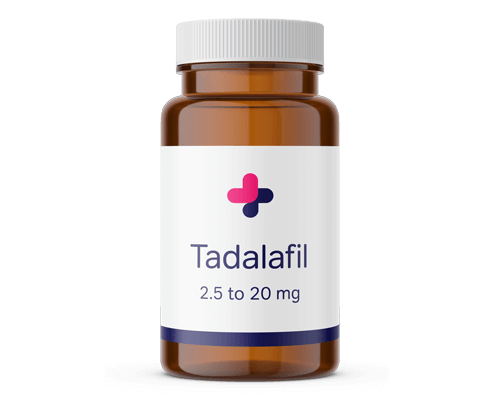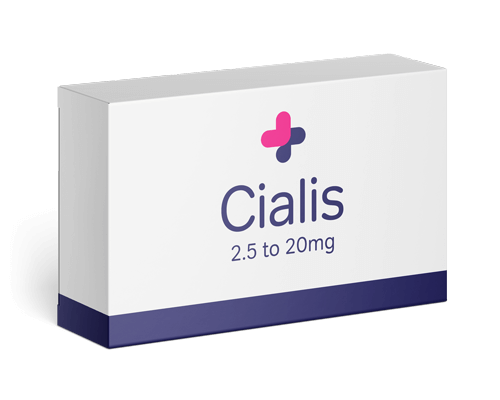Peyronie’s disease is fairly common with an estimated 3% to 9% of men experiencing the condition. It’s more common among older men and risk increases with age. The symptoms are not always obvious in a flaccid penis, but when the penis becomes erect, it will appear curved, shortened and narrower. Patients may also experience pain from this curvature.
The condition is due to plaque (or scar tissue) accumulating in the penile shaft. Researchers aren’t entirely sure what causes the condition. Repeated trauma due to injury or repeatedly hitting the penis are believed to be some of the main reasons for Peyronie’s disease. There may even be genetic reasons for the plaque build-up. Penile fractures, however, are not the cause of the disease. According to a study of 63 cases with a broken penis, their fractures did not cause Peyronie’s disease.
Patients will usually notice pain during sex and the penis may feel different (e.g. painful on one side). Symptoms can arise suddenly or develop gradually over time. An assessment of 118 men with the condition found that a deformed penis was usually the first noticeable symptom (52%), followed by pain (40%) and a lump (21%). The condition may eventually lead to increased inflammation, fibrosis and erectile dysfunction.
An estimated 22% to 54% of patients with the condition also have erectile dysfunction. Although the biological basis for the connection between the two conditions is not well understood, studies suggest that erectile dysfunction could arise because of vascular issues. Research by the Princess Alexandra Hospital in Australia, which followed 1,120 men over 10 years, noticed that plaque size and erectile dysfunction were correlated, and this was likely due to hampered function of the arteries.
Peyronie's disease could affect sexual activity in a few other ways. Some patients may be unable to have intercourse due to pain, a flail penis or anxiety and depression.
If you notice any sudden pain or deformities of your penis, you should consult a doctor. During your examination, your physician will usually be able to feel if the tissue has hardened. You may also require an ultrasound or x-ray to confirm any diagnosis.
If your penis curvature is less than 30 degrees and you do not experience any pain, it’s unlikely that you have Peyronie’s disease.
Men with the condition are usually prescribed medication for six to twelve months. This includes Potaba, Tamoxifen, but also supplements such as Vitamin E and acetyl l-carnitine. You may also be prescribed penile injections with verapamil or collagenase. Both of these medications work by breaking down the build-up of collagen causing the curved penis.
If these treatment approaches aren’t successful or your curvature is severe and causes you great pain, you can undergo surgery. For less severely curved penises, a surgeon may choose to suture the unaffected side of the penis. In other cases, a surgeon will make an incision to remove the scar tissue. This allows underlying tissues to stretch and as a result, the penis will usually straighten again.
Where patients have both Peyronie’s disease and erectile dysfunction, penile implants have proven to be a successful intervention. Implants have two functions: they correct the penile curvature and provide upward support during sexual intercourse.
If you think you may be suffering from Peyronie’s disease, it’s important to visit a doctor as soon as possible.
Find out more about the treatments mentioned in this article below:
Prices from:

Answer some simple questions about your health with our free 2 minute consultation

A U.S. licensed physician will review your answers and issue a prescription if suitable

Our pharmacy will pack your FDA approved medicine in anonymous packaging, and ship it for free



Prescription fees are for our U.S. qualified doctors to evaluate your request and issue a prescription if that is the appropriate outcome for your case. We want to make healthcare pricing transparent and affordable that's why we set the doctor's fee at a flat rate of $20 for all services which is lower than most copays. The $20 medical fee does not include the cost of the medicine. We issue a 100% refund if we cannot help you including the doctor’s fee.
Don’t have an account? Register
Already have an account? Log in

Message Sent We will get back to you as soon as possible

To get fast delivery and the best prices,
choose your location below:

Delivery to Germany only

Delivery to the US only

Delivery to UK only



You’ve successfully logged in.


If you’re not sure what to choose, our qualified GPs can help.
A doctor will review your consultation and message you with a suggestion within 1-2 working days.
Thanks, a doctor will be in touch soon
Look out for the doctor’s response in your email inbox or patient account. View messages
Please check your email for password reset instructions. If you’re still having problems contact us .
Your account has been permanently suspended. Our providers have determined that you visit an in-person doctor to receive treatment. We sincerely apologize for the inconvenience.



